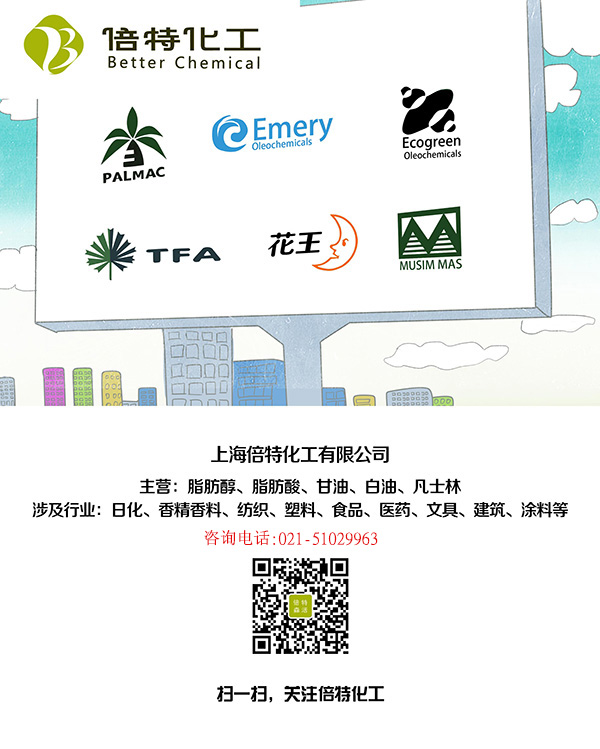
Dimethicone is a transparent, colorless, tasteless, odorless and non-toxic oily liquid. According to the supply of dimethyl silicone oil, it has the characteristics of high flash point, low freezing point, good thermal stability, and high and low temperature resistance. It can be used for a long time at -50℃~+180℃. If it is isolated from air or in an inert gas, the temperature can reach 200℃. The surface silicon tension of the oil is very small, the compressibility is large, the shear resistance is good, the viscosity-temperature coefficient is small, and the dielectric loss is small; it is resistant to arcs, corona, and is not flammable; it is hydrophobic and moisture-proof, and it also has good physiological inertness.
Identification of dimethicone:
1. Take 0.5g of this product and add 0.5ml of sulfuric acid Add 0.5ml of nitric acid and slowly ignite to form a white fibrous substance, leaving a white residue.
2. Take 0.5 g of this product, place it in a test tube, and heat it over low heat until white smoke appears. Place the test tube upside down on another test tube containing 0.1% sodium chromophore sulfuric acid solution 1 l to make the white smoke appear. exposed to solution. Shake the second test tube for 10 seconds and heat it in the water bath for 5 minutes. The solution will turn purple.
3. The infrared light absorption spectrum of this product should be consistent with the control spectrum (spectrum set 1 0).
Dimethicone inspection:
1. pH
Take ethanol and 5 ml each of chloroform, shake well, add 1 drop of phenolphthalein indicator solution, dropwise add sodium hydroxide titrant (0.02 mol/L) until slightly pink, add 1.0 g of this product, shake well; if colorless, Add 0.15ml of sodium hydroxide titrant (0.02mol/L), and it should appear pink; if it appears pink, add 0.15ml of sulfuric acid titrant (0.01mol:/L), and the pink should disappear.
2. Mineral oil
Take this product and the control solution (take quinine sulfate, dissolve it with 0.005mol/L sulfuric acid and dilute it to make a solution containing 0.1# per ml Solution) Compare the fluorescence intensity under UV light (365mn), no deeper.
3. Phenyl compounds
Take 5.0g of this product, place it in a stoppered test tube, add 10ml of cyclohexane accurately, shake to dissolve, and use UV-visible spectrophotometry. (General Chapter 0401), when measuring the absorbance in the wavelength range of 250~270mn, it should not exceed 0.2.
4. Weight loss on drying
Take this product and dry it at 150aC for 2 hours. The weight loss shall not exceed the limit specified in the appendix (General Rule 0831).
5. Heavy metals
Take 1.0 g of this product, put it in a colorimetric tube, add chloroform to dissolve and dilute to 20ml, add newly prepared 0.002% dithizone trichloride A mixed solution of 1.0 m K water, 0.5 ml of methyl chloride solution and 0.5 ml of ammonia test solution-0.2% hydroxylamine hydrochloride solution (1:9) was used as the test solution. Take another 20ml of chloroform and place it in a colorimetric tube, add 1.0ml of newly prepared 0.002% dithizone chloroform solution, 0.5ml of standard lead solution and ammonia test solution – 0.2% hydroxylamine hydrochloride solution (1:9) 0.5ml of the mixed solution was used as a control solution. Immediately shake the test solution and the control solution vigorously for 1 minute. The red color produced by the test solution should not be deeper (0.0005%) than that of the control solution.
6. Arsenic salt
Take 1.0 g of this product, add 1.0g of calcium hydroxide, mix, add a small amount of water, stir evenly, after drying, burn with low fire to carbonize. , then ignite at 500~600°C to completely ashes, let cool, add 5ml of hydrochloric acid and 23ml of water to dissolve, check according to law (General Rules 0 8 2 2 First Law), it should comply with regulations (0.0002%).




 微信扫一扫打赏
微信扫一扫打赏
